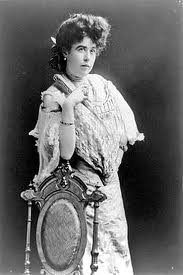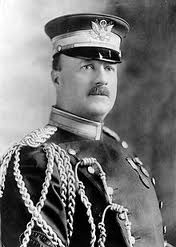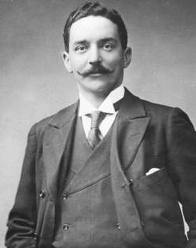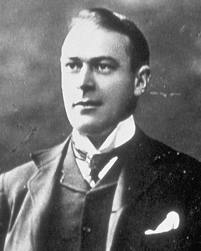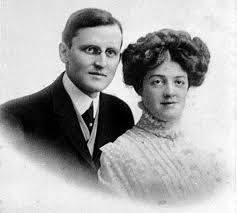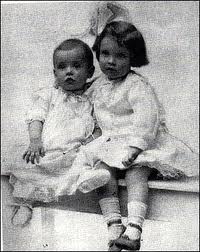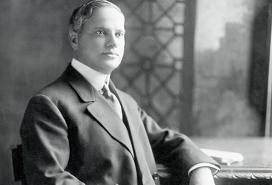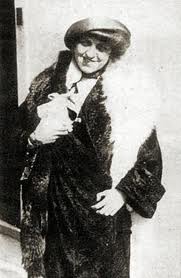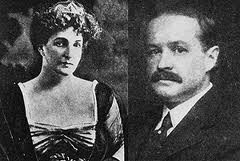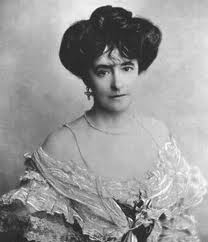Third class passengers were in the steerage. They were primarily immigrants moving to the United States and Canada for a better life. Third class consisted of diverse groups of nationalities and ethnic groups, although the largest number of passengers were British, Irish or Scandinavian. Other countries represented included Finland, Sweden, Bulgaria, Croatia, Russia, Lebanon, Syria and Hong Kong. Passengers ranged from those traveling alone, to single moms traveling with their children {most were going to join their husbands who were already settled in their new homeland} to large family groups.
A third class ticket ranged from seven to forty pounds, which would be approximately $700 today. Children’s tickets were three pounds {about $300 today}. Depending on their port of departure, some tickets also included the price for rail travel.
I was surprised in my research to discover that third class had automatic flushing toilets, while first class did not. The reason being most “third class passengers were unfamiliar with indoor plumbing and may not remember {or understand} the need to flush the toilets themselves”.

Third class life was a lot simpler than what the first and second class passengers were enjoying. Third class passengers had a simple berth which was shared with other passengers, along with a smoking room and general room.
Third class passengers had to make their own fun. Children would have played on deck and as represented in the popular 1997 film, it is very possible that an impromptu dance took place.
Meals on the Titanic were very simple for the Third Class, but succulent compared to what these passengers might be familiar with on land. Third class only had one course that was served. The menu found for the night of the sinking consisted of soup, roasted pork, two or three vegetables, pudding and biscuits. Looking at the menu it seems this is the noontime meal {compared to the large meals being in the evening for the First Class and Second Class}. Third class would enjoy tea in the midafternoon with beef and biscuits. Later in the evening coffee was served with a soup and some biscuits.
Before boarding the vessel Third Class Passengers were given a health inspection to check for disease, lice and other infectious infections. The gates were present but they were there to prevent the third class from spreading disease to the upper classes.
Third class was the group hardest hit by the disaster and experiencing the greatest loss of life. The reasons for this are numerous, including but not limited to: first and second class given more importance, many did not understand the true magnitude of the disaster right after the collision with the Titanic, at least some of the third class gates remained locked, and many of the passengers that were non-English speaking did not understand.
Sadly there were some families that were completely lost in the sinking. I am including more information about a few of these below:
 The Goodwin Family were from Fulham, England. Frederick was an electrician, and married to Augusta. They had six children. The family were moving to New York, where Frederick’s brother procured him a job in a power station. The entire family was lost.
The Goodwin Family were from Fulham, England. Frederick was an electrician, and married to Augusta. They had six children. The family were moving to New York, where Frederick’s brother procured him a job in a power station. The entire family was lost.
 The Sage Family were from London, England. John George Sage married Annie Elizabeth Cazaly and had nine surviving children by the time they sailed on the Titanic.
The Sage Family were from London, England. John George Sage married Annie Elizabeth Cazaly and had nine surviving children by the time they sailed on the Titanic.  The family was relocating to Jacksonville, Florida where John planned to grow pecan nuts. Some reports say that daughter, Stella, reached a lifeboat but got out when the rest of her family could not join her. The entire family of eleven perished. Only the body of son, Will, was recovered.
The family was relocating to Jacksonville, Florida where John planned to grow pecan nuts. Some reports say that daughter, Stella, reached a lifeboat but got out when the rest of her family could not join her. The entire family of eleven perished. Only the body of son, Will, was recovered.
 The Andersson Family was from Sweden. Johan and Alfrida had five children. Traveling to Stanton, Iowa. The family was traveling with Alfrida’s sister, Anna Danbom and her family. A traveling companion, Anna Nysten, was the only survivor of the group of eleven.
The Andersson Family was from Sweden. Johan and Alfrida had five children. Traveling to Stanton, Iowa. The family was traveling with Alfrida’s sister, Anna Danbom and her family. A traveling companion, Anna Nysten, was the only survivor of the group of eleven.
Milvina Dean was the last survivor of the Titanic upon her death on May 31, 2009.  She was only nine weeks old at the time of the sinking. She was traveling with her parents, Frank and Georgette, and brother, Bertram. The family was immigrating to Wichita, Kansas where her father had a cousin. Bertram was separated from his mother and sister and not reunited until they were on the Carpathia. Her father perished in the disaster and the family returned to England in May. Milvina did not know she’d been on the Titanic until her mother told her when she was eight years old.
She was only nine weeks old at the time of the sinking. She was traveling with her parents, Frank and Georgette, and brother, Bertram. The family was immigrating to Wichita, Kansas where her father had a cousin. Bertram was separated from his mother and sister and not reunited until they were on the Carpathia. Her father perished in the disaster and the family returned to England in May. Milvina did not know she’d been on the Titanic until her mother told her when she was eight years old.  She worked for the British Government during WWII. Her brother, Bert, died on the anniversary of the Titanic’s sinking in 1992.
She worked for the British Government during WWII. Her brother, Bert, died on the anniversary of the Titanic’s sinking in 1992.
Frank Goldsmith was traveling with his parents, Frank and Emily Alice. The family was from Kent, England and immigrating to Detroit, Michigan.  Emily was the only one of nine children that had not moved her family across the Atlantic. The father, Frank, went down with the Titanic. Frank lived near Tiger Stadium, where the crowds were so loud they reminded him of the sounds made as people perished in the water. He never took his children to a baseball game because of this. Emily died in 1955. Frank died in 1982.
Emily was the only one of nine children that had not moved her family across the Atlantic. The father, Frank, went down with the Titanic. Frank lived near Tiger Stadium, where the crowds were so loud they reminded him of the sounds made as people perished in the water. He never took his children to a baseball game because of this. Emily died in 1955. Frank died in 1982.
Rhoda Abbott, better known as Rosa, was the only woman to be plucked out of the cold Atlantic waters that survived. She was travelling with her two sons, Roosmore Edward {age 16} and Eugene Joseph {age 13}, and they were returning from a trip to England.  The family had just retired on the night of April 14 when they were awakened by the scraping sound on the side of the ship. The seriousness of the situation was not realized until a steward came around thirty minutes later. The group reached deck as the last of the distress rockets were fired and the last lifeboat was being loaded. Rhoda refused to enter the lifeboat, realizing her sons would not be allowed. All three of them were swept off of the deck and her motherly instinct fought to keep her sons near her. Rhoda resurfaced but her sons did not. Someone reached out and pulled her into Collapsible boat A from the water. Rhoda and the other occupants stayed in the swamped, water filled boat until Officer Lowe arrived later with Lifeboat 14. Rhoda struggled to comprehend her loss and suffered with health problems due to the cold water for the rest of her life. She later remarried but was unable to have more children. She died in 1946.
The family had just retired on the night of April 14 when they were awakened by the scraping sound on the side of the ship. The seriousness of the situation was not realized until a steward came around thirty minutes later. The group reached deck as the last of the distress rockets were fired and the last lifeboat was being loaded. Rhoda refused to enter the lifeboat, realizing her sons would not be allowed. All three of them were swept off of the deck and her motherly instinct fought to keep her sons near her. Rhoda resurfaced but her sons did not. Someone reached out and pulled her into Collapsible boat A from the water. Rhoda and the other occupants stayed in the swamped, water filled boat until Officer Lowe arrived later with Lifeboat 14. Rhoda struggled to comprehend her loss and suffered with health problems due to the cold water for the rest of her life. She later remarried but was unable to have more children. She died in 1946.
















